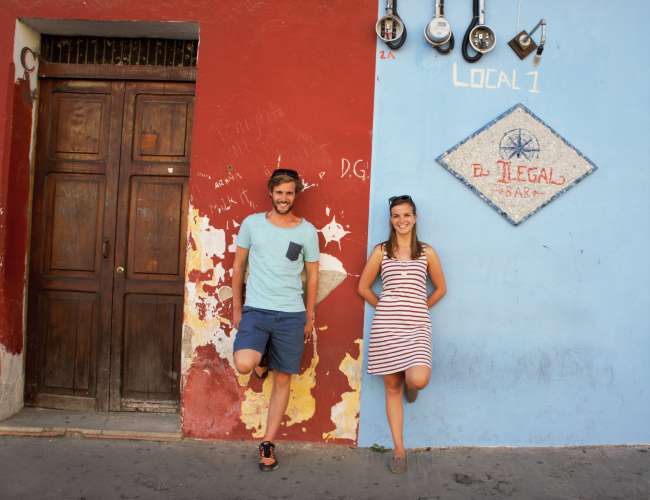Bolivia
ที่ตีพิมพ์: 10.11.2017
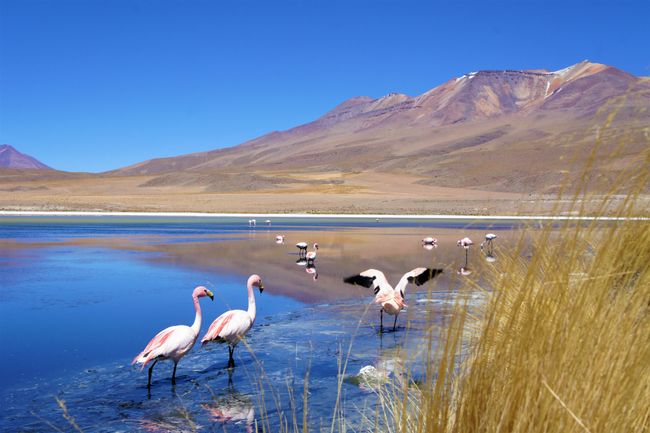
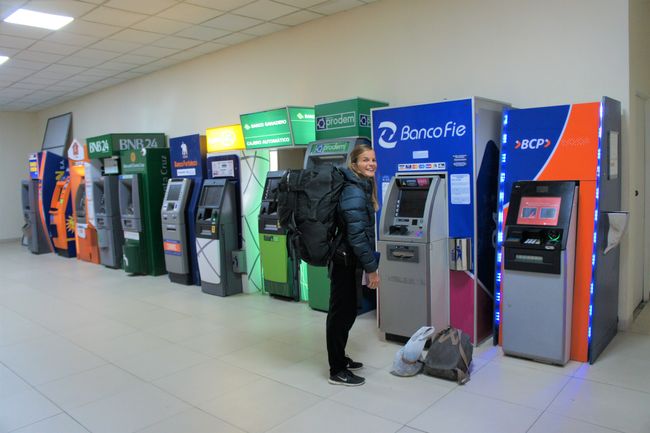
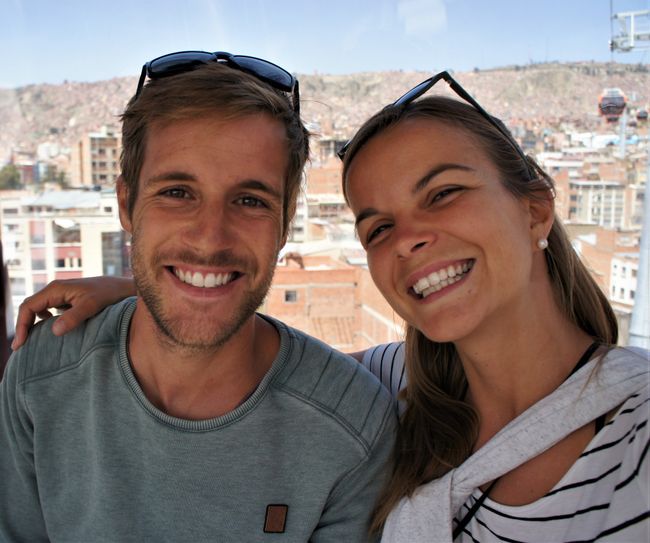
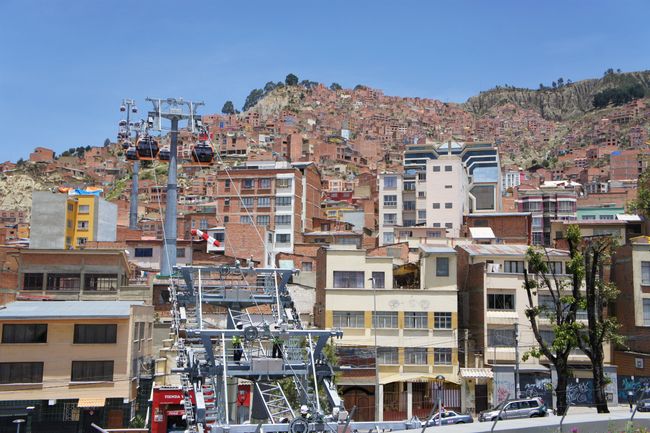
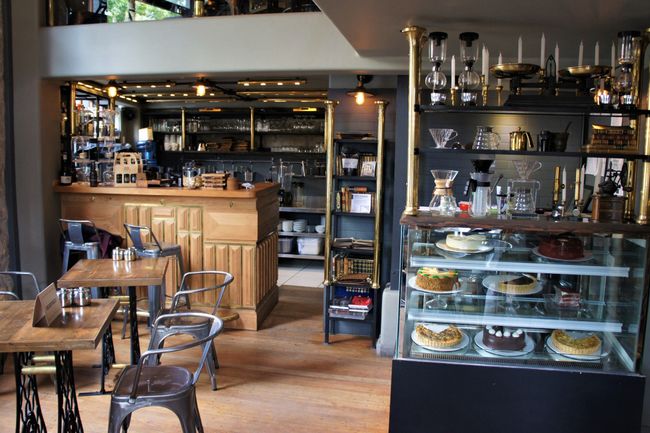

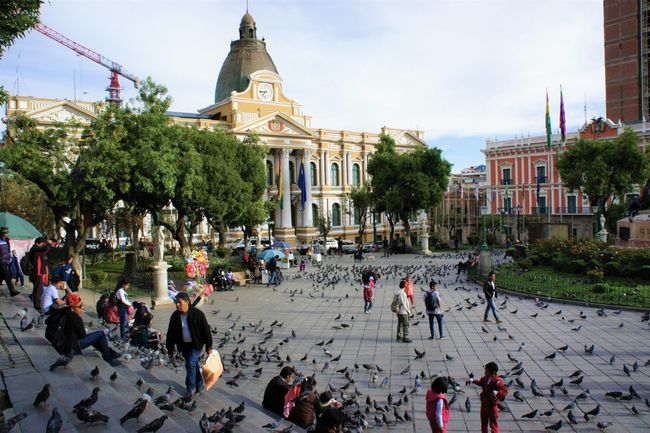
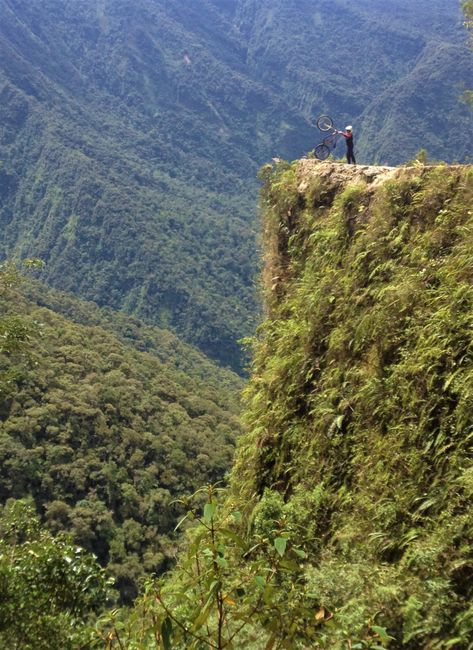
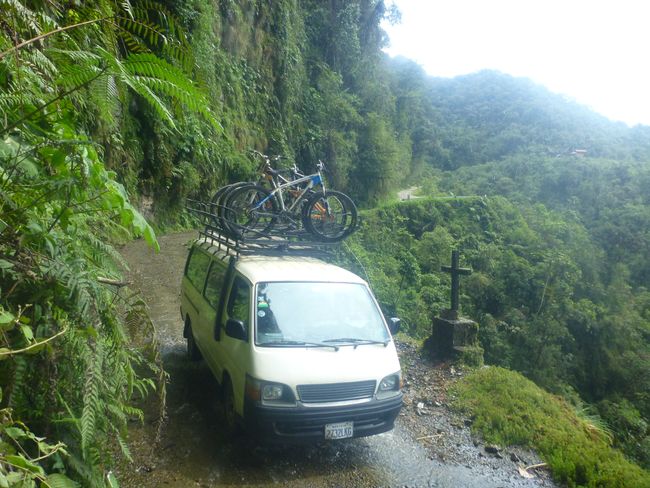
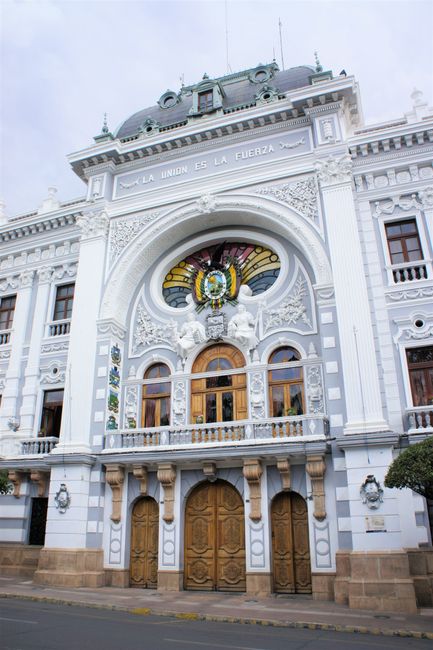
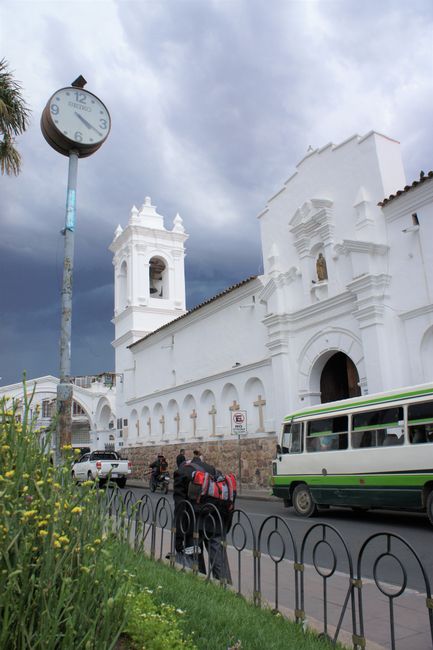
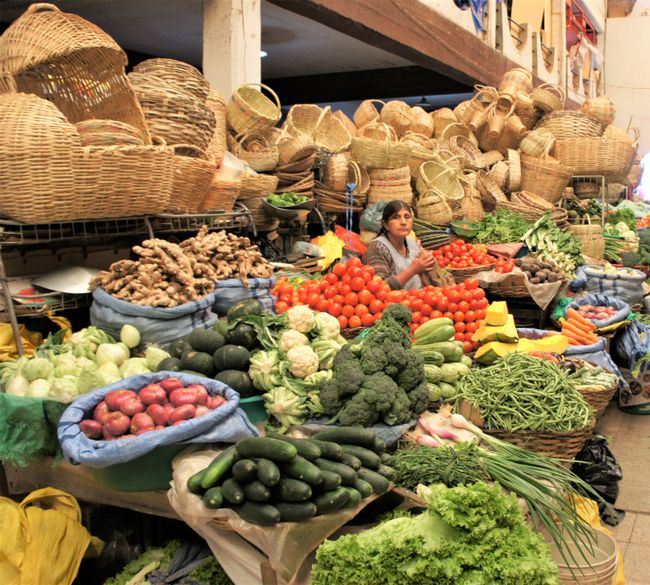
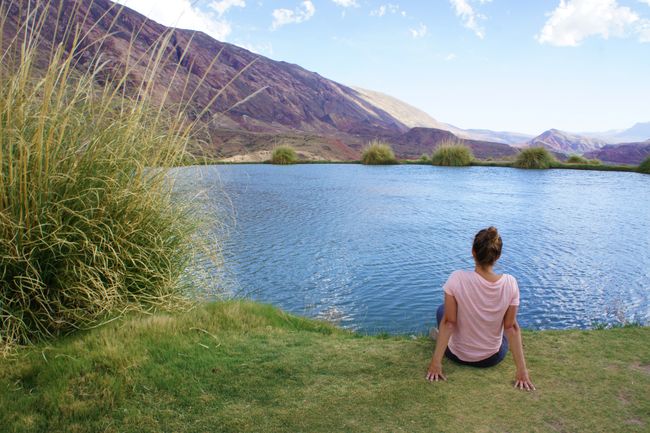
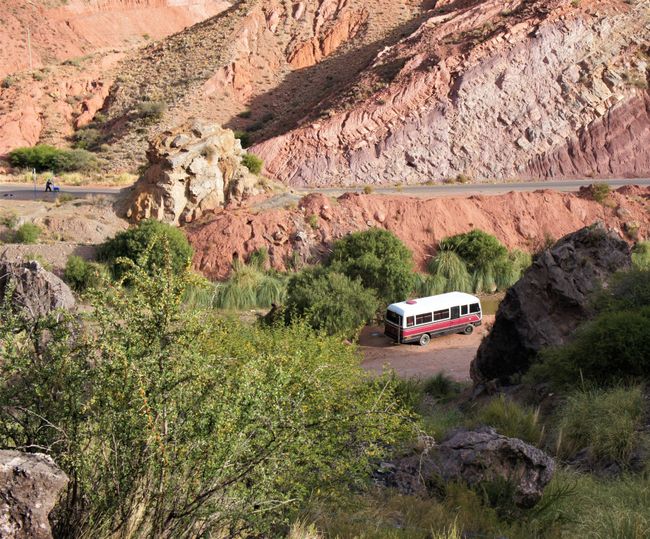
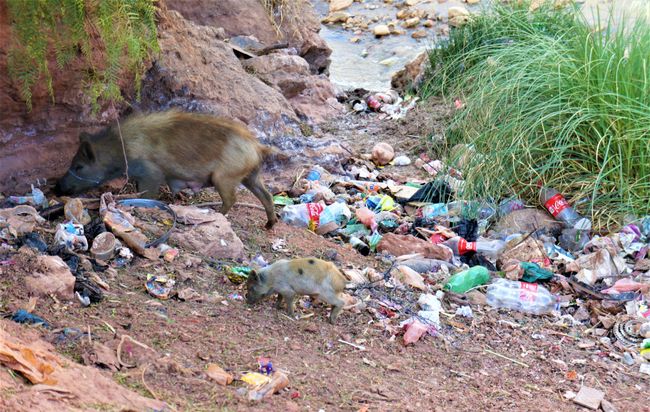
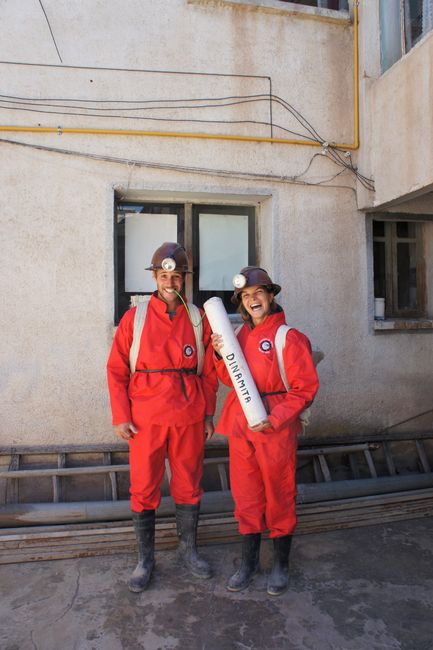
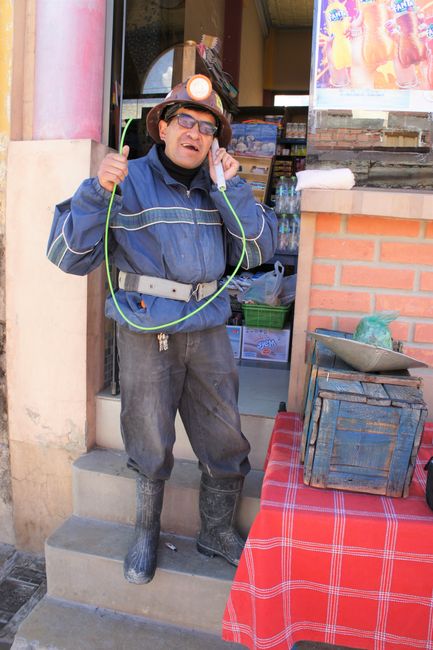
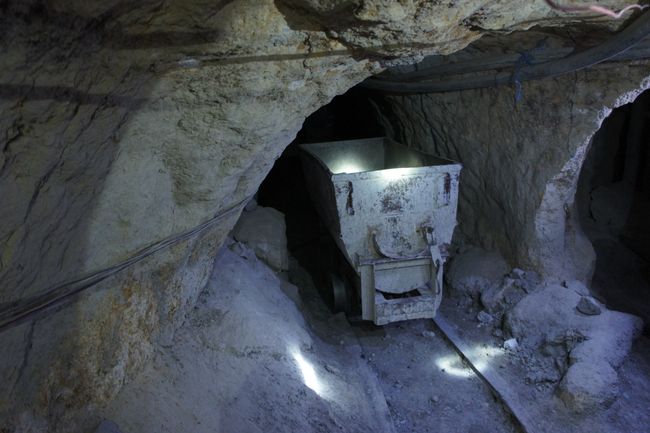
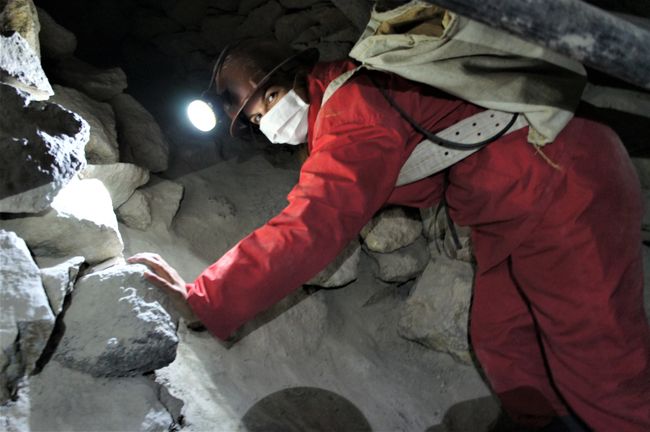
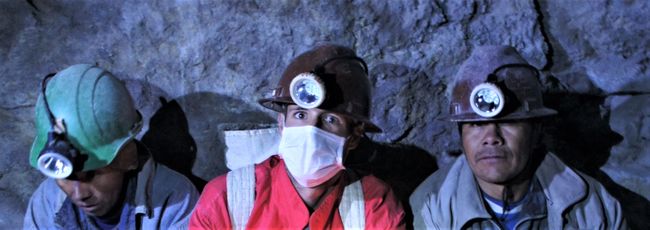
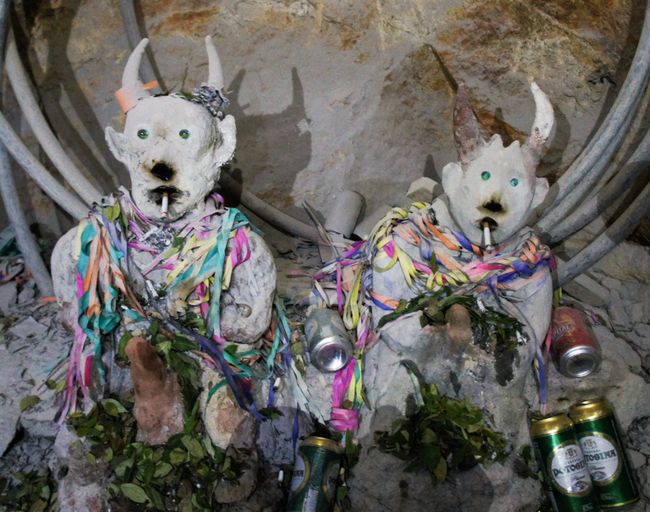

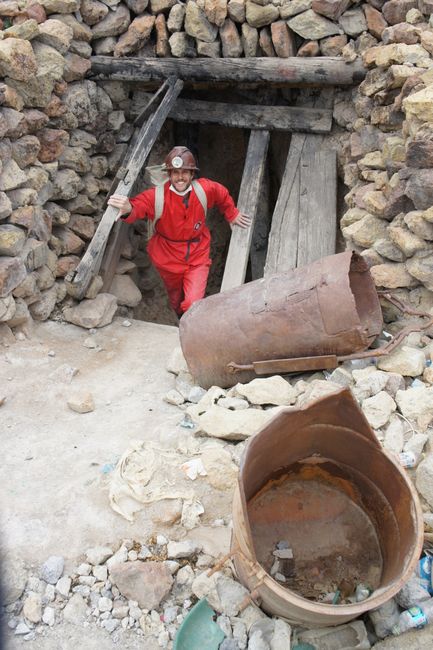
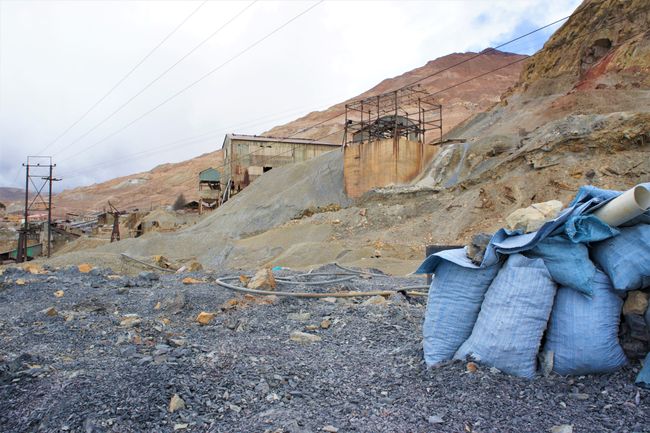
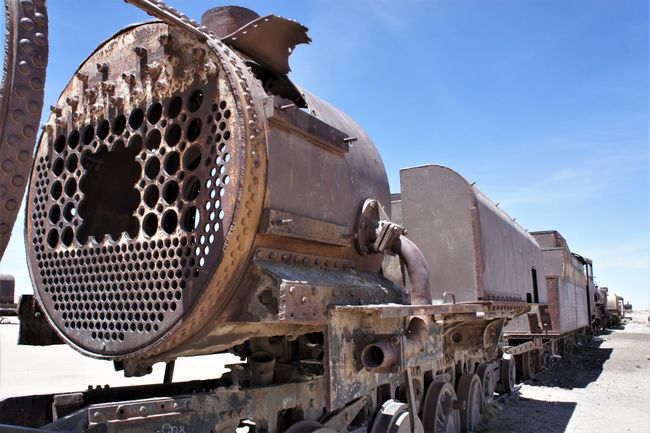
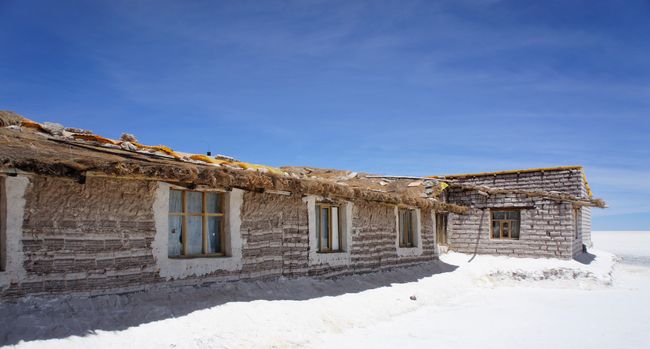
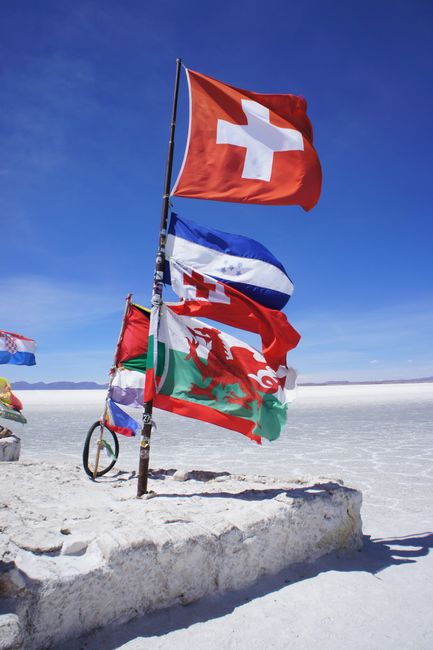
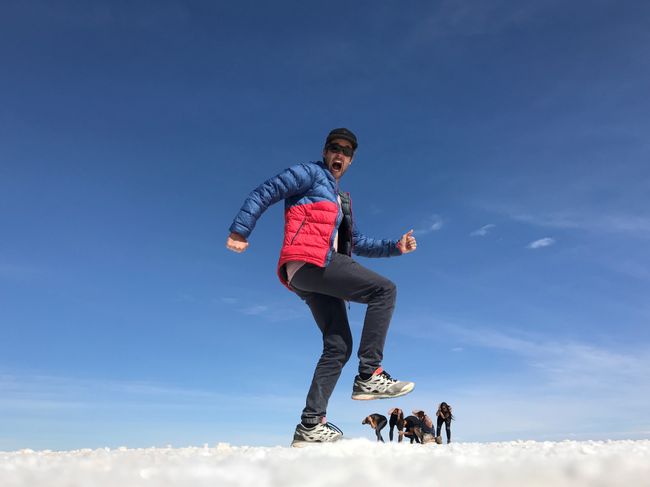
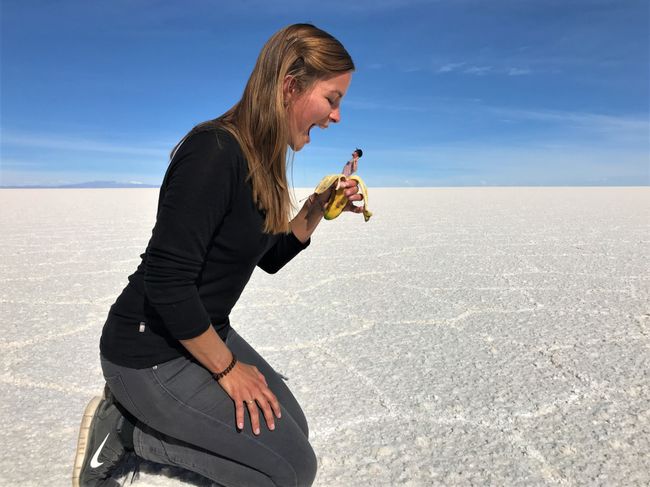
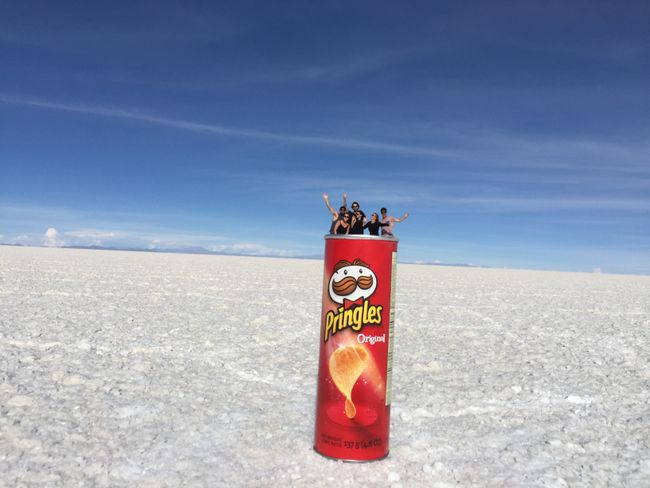
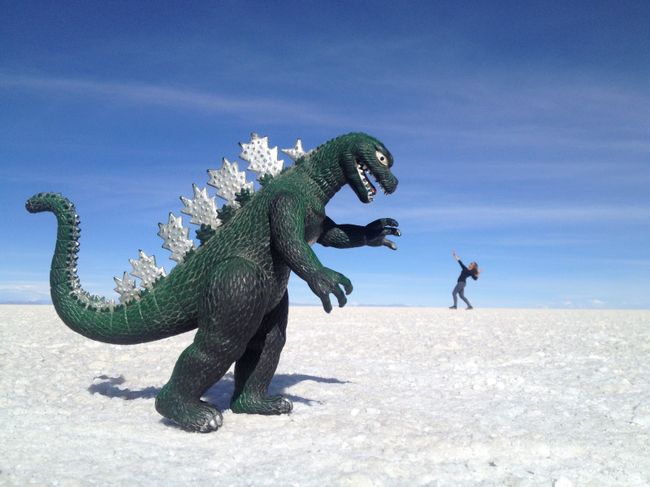
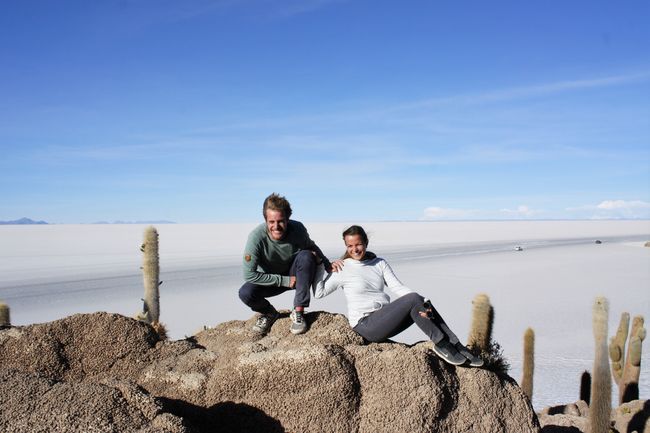
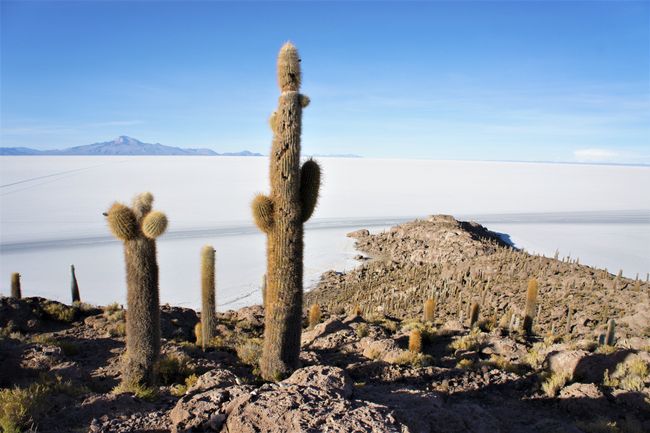


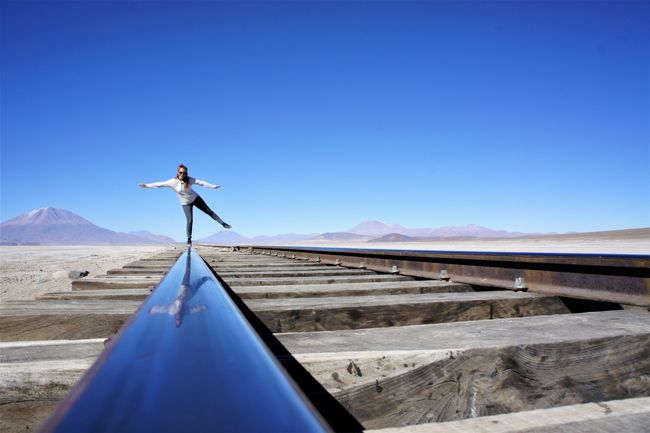
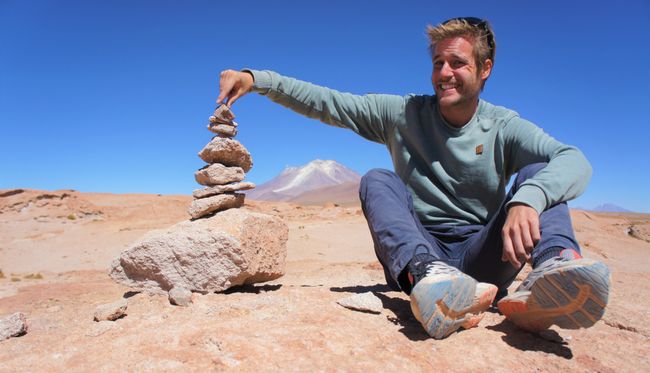
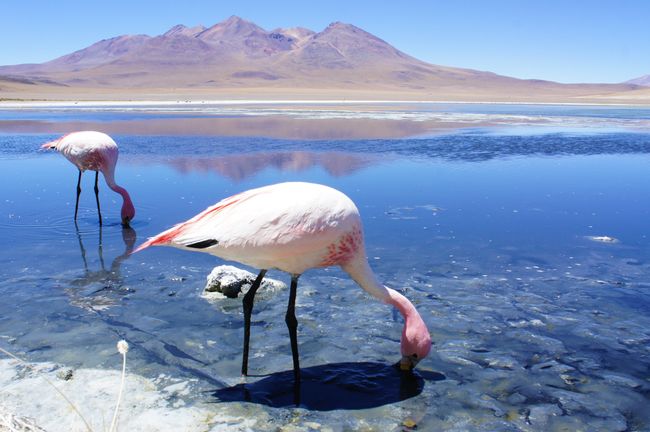

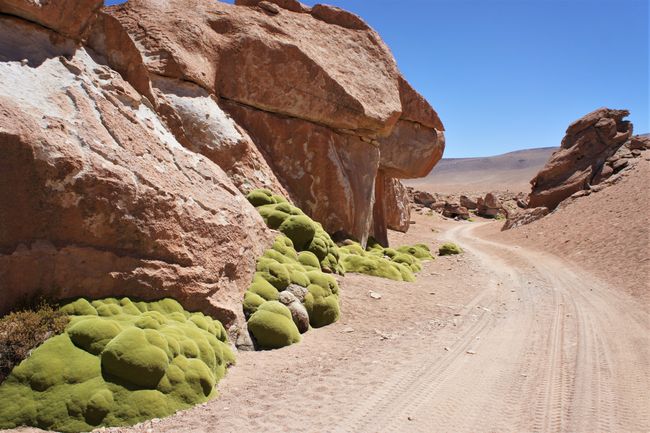
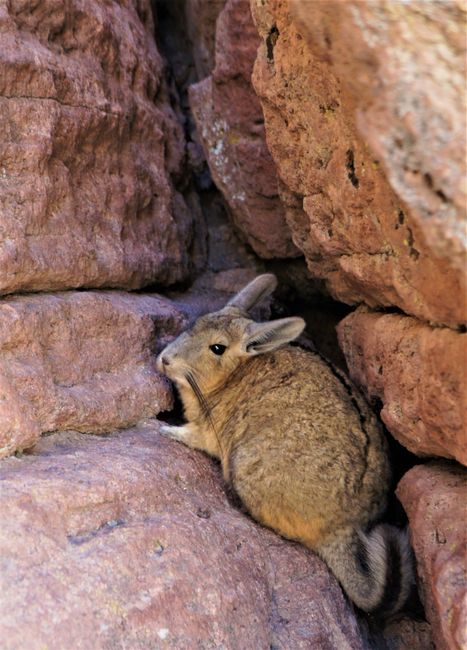
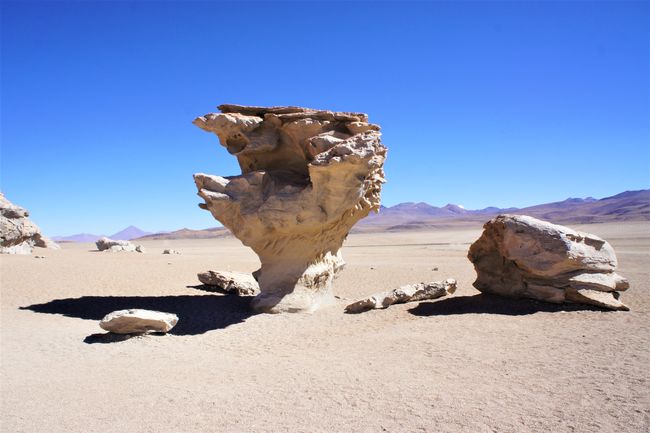
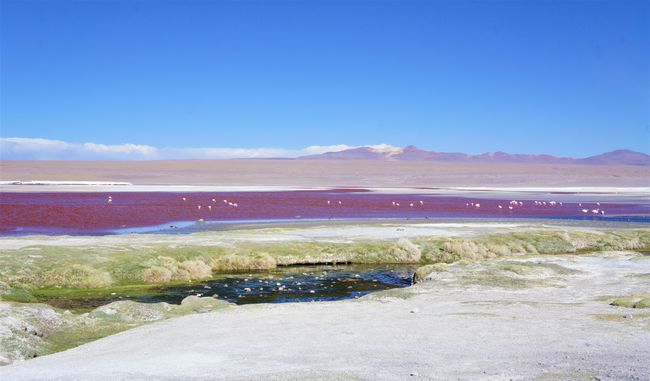
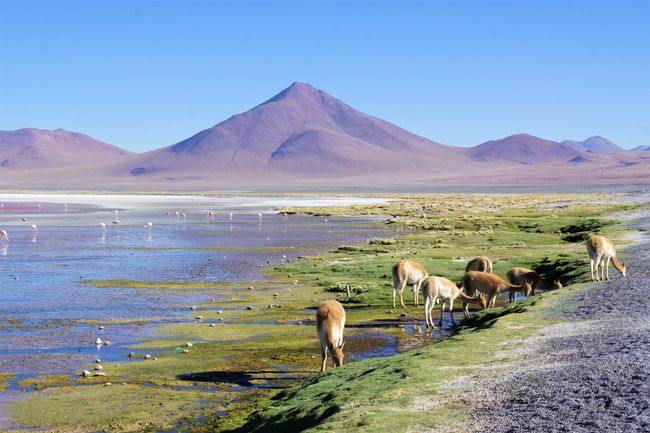
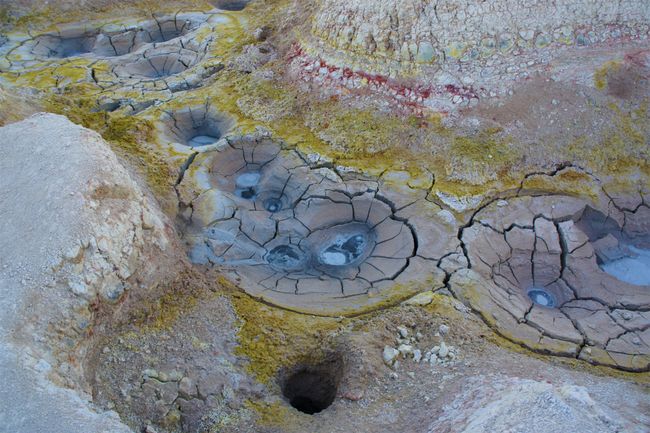
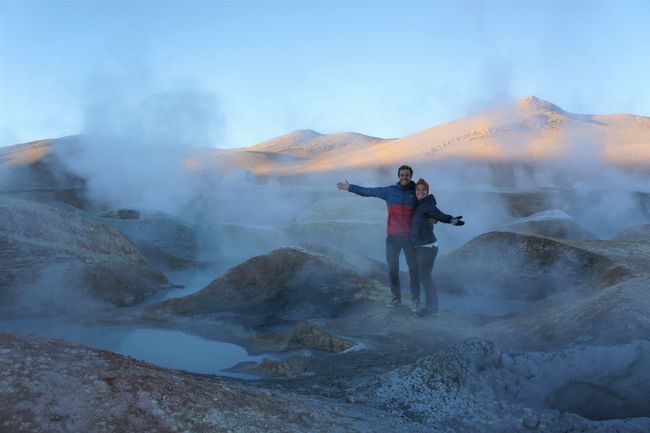
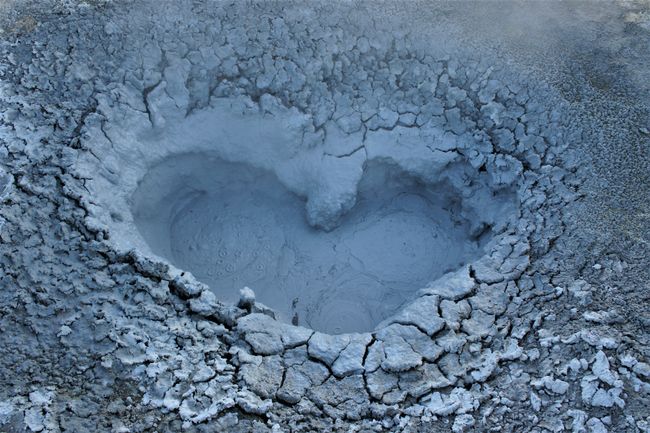
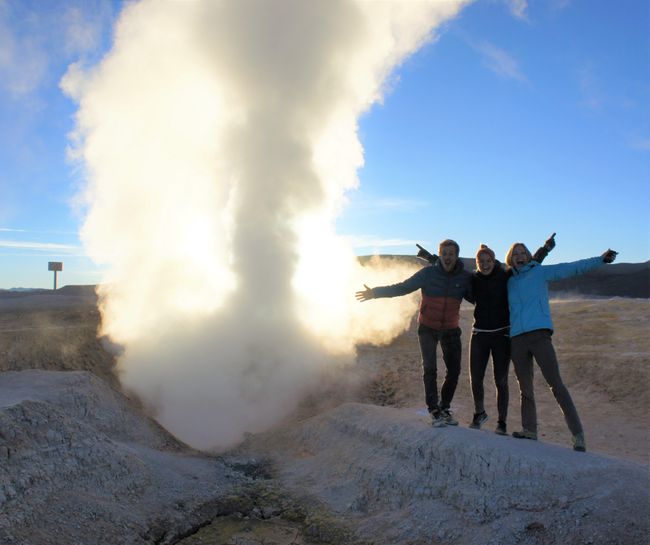
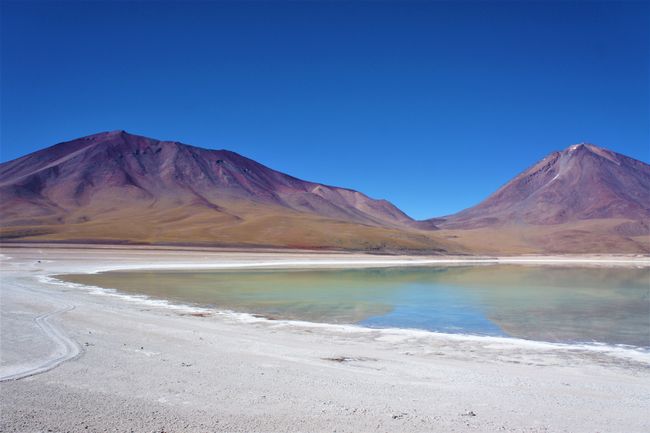
สมัครรับจดหมายข่าว
The Peace
The city of "La Paz" (The Peace) was named in commemoration of the victorious war of independence against the Spaniards in 1825. The name is appropriate, as the coexistence of tradition and modernity, indigenous markets, colonial old town, boutiques and business houses create a special and peaceful atmosphere.
We extended our visit here in the city because we liked it and needed time to relax. A cold and headaches accompanied our stay. Was it the high sea level? With the airport "El Alto" at almost 4100 meters above sea level, the city has the highest civilian airport on earth.
Danger of Death?
During our time in La Paz, we ventured on the famously most dangerous road. We covered about 64 kilometers and nearly 3500 vertical meters on massive mountain bikes. We crossed all climate zones on the way - from cold mountain air, humid tropical rainforest to hot dryness. We were impressed by how numerous crosses marked the accident sites. Until 2007, it was still a two-lane road. Today, the "Death Road" is mainly used by adventurous tourists. We enjoyed the thrill of speed and the impressive landscape on our bikes. However, we did not have any fear of death.
Time to Relax
We considered visiting the Bolivian Amazon for a few days. We booked the bus to handle the 14 to 16 hour trip at a reasonable price. However, we were skeptical about the long journey and the expensive tour in the Pampas, as we were already spoiled with animals and the jungle on our trip in Costa Rica and the Galapagos. So we decided to fly further south to Sucre. The capital of Bolivia (government seat in La Paz) has a calm ambience. It allowed us to recharge our batteries for two days and improve our health condition. While relaxing here, we noticed how rarely we woke up without an alarm clock on our journey - maybe a few days? That's how strict our travel life is. However, it should be noted that it was dark around 6:00 p.m. so far and we tended to go to bed early.
Racing Through the Desert
With an average speed of 120 km/h, we raced through the desert in a taxi for the equivalent of CHF 7.50 per person to Potosí. We reached top speeds of 170 km/h with an unbelted driver who was talking on the phone at the wheel. Overtaking of trucks, without being able to see ahead, littering out the window, the large amount of garbage on the roadside and its generally reckless driving style shocked us. He had the Virgin Mary tattooed on his forearm, stuck the crucified Jesus on the dashboard, and made the sign of the cross in a ten-minute frequency. This probably gave him this supernatural and unrealistic sense of security. We found that most car and bus drivers in South America do it that way. It is, after all, cheaper than taking out numerous insurance policies for themselves and their vehicle. We made it to Potosí after a two and a half hour horror drive.
Mine Work in Potosí
A mining town where people once earned a silver or paradoxically golden nose from silver and zinc mining in the mines. The heyday is over, but the hard work continues under miserable conditions. We had the opportunity to visit a silver mine and saw these working conditions with our own eyes. Antonio, a former miner, showed us the world in the mine. He humorously brought us closer to the sad reality of once the richest city in South America. When his almost 50-year-old father died at work eight years ago, he stopped doing the hard physical labor. We came across a tour that was not geared towards tourists. So we got a real picture of everyday work underground. In the morning, the brave miners buy coca leaves, pressed quinoa with stevia, cigarettes, alcohol, and above all explosives at the market set up for them. By the way, Potosí is the only place in the world where you can legally buy dynamite on the street. They need all the things listed above to cope with the unimaginably hard working day. They chew the coca leaves together with the sugared quinoa to supposedly better tolerate the altitude of the mine at around 4500 meters above sea level and above all to suppress the existential needs such as hunger and thirst. They use the alcohol to thank the "Mother Earth" at the entrance and the devils in the underworld and to draw hope from them. They pour it on the ground at the beginning of the week and hope for a profitable and accident-free workload. They use it for a heartfelt thank you at the end of the week. The fine dust in these sometimes terribly narrow mine tunnels literally clogs the lungs of the workers. That's why very few miners live to be over 50 years old. At least the human rights organization had banned child labor in the mines for several years. UNESCO World Heritage designated the mountain for protection, but didn't want to know anything about the inhuman conditions of the people in the mines. Do the unbelievably poor working conditions here not call for questioning the entire work? It cannot be that the average working period is only 15 to 20 years, can it? We complain about a commute of over an hour to work and the miners in Potosí crawl an arduous and dusty path of about 200 meters or more into the depths. The whole insight and Antonios' descriptions impressed us very much. Only when we finally crawled out of the cave did he answer that three to four people die from the consequences of mine work each week. We were shocked and amazed at how humorously Antonio dealt with the situation. This bitter truth is probably only bearable with a pinch of humor. The mine visit had also triggered a oppressive feeling in us. We saw a lot and could imagine the tough life under the mountain, but we couldn't change the situation.
The Infinite Expanse
From the poverty of the people in Potosí, we continued towards the poverty of vegetation - the Uyuni salt flats. However, before we saw the vastness of the largest salt flats in the world, we had to endure the nutty smell of baby poop and other emissions from people on the bus. Unfortunately, our clothespins for the nose were stored in the large luggage. The fine dust from the mine picked up in our nostrils was not enough to absorb the stench adequately. There was no way to escape the pungent smell. Fortunately, the bus ride to Uyuni lasted only four hours. When we set out on the desert tour the next day, we noticed that our nose hairs from the previous day were still slightly paralyzed. No, of course not! We had an unforgettable three-day journey with a 4x4 Land Cruiser through the desert. We particularly enjoyed creative photography. Yay, we have a high "salary" of experiences. The volcanic landscape with its various colored lagoons amazed us. Sometimes we felt like we were on a different planet.
สมัครรับจดหมายข่าว
คำตอบ

